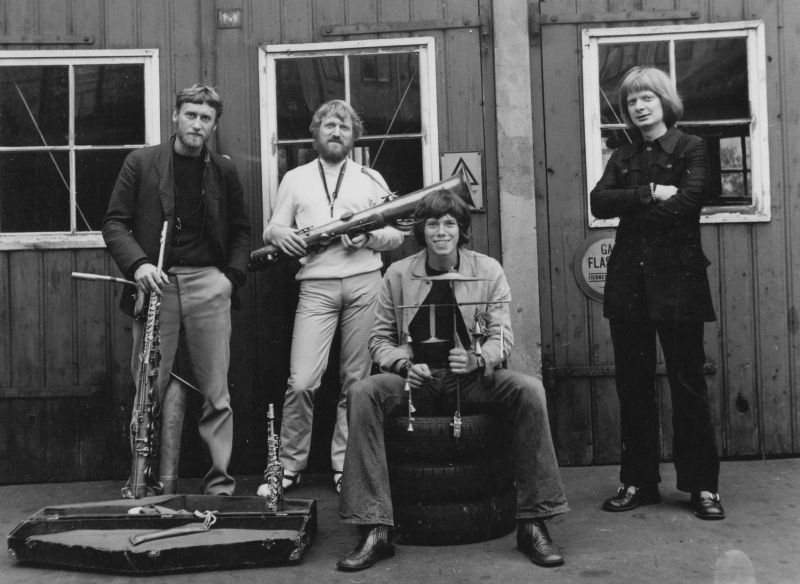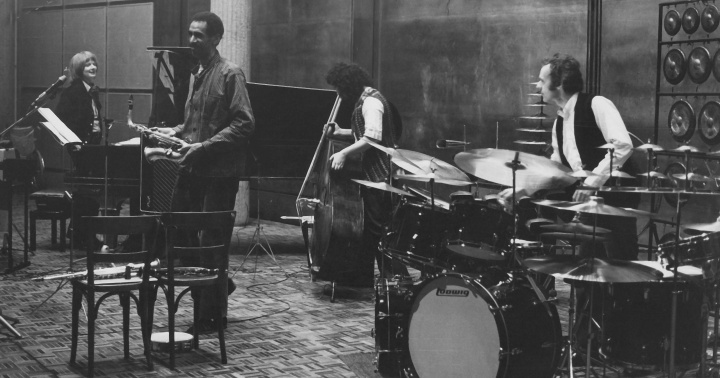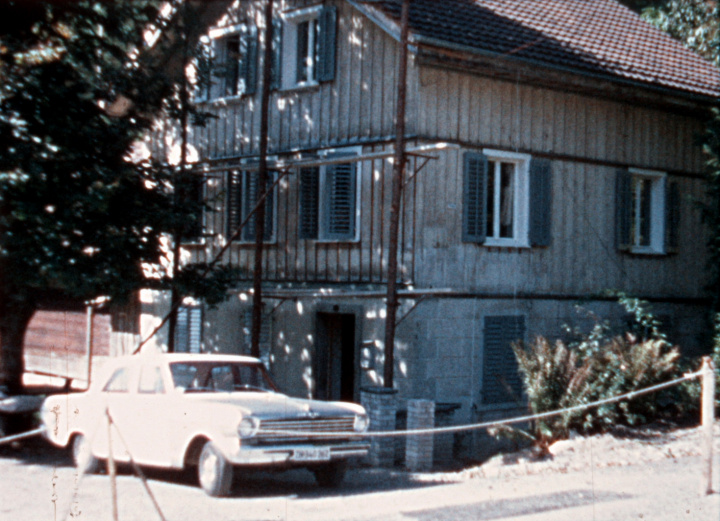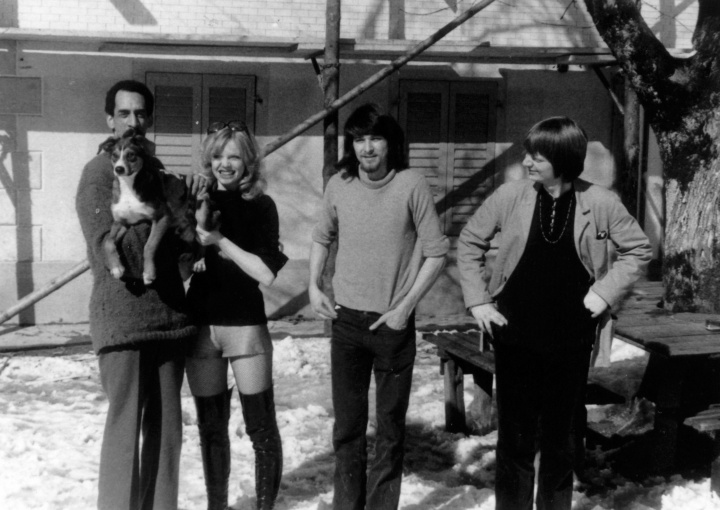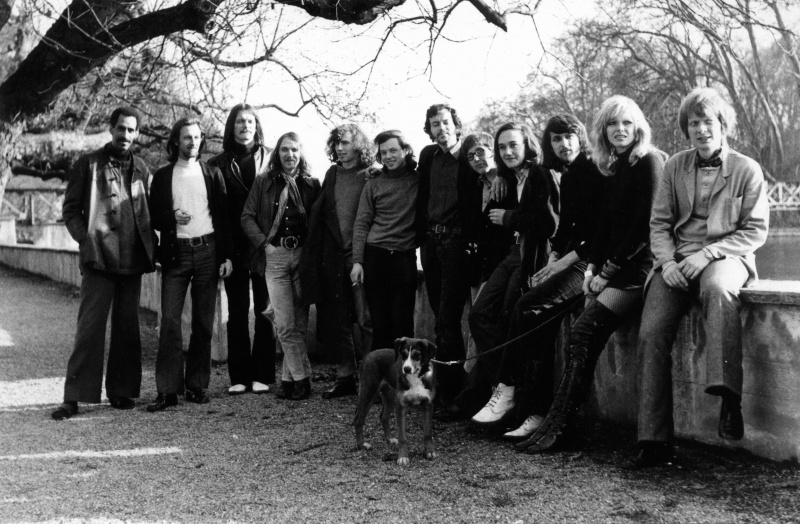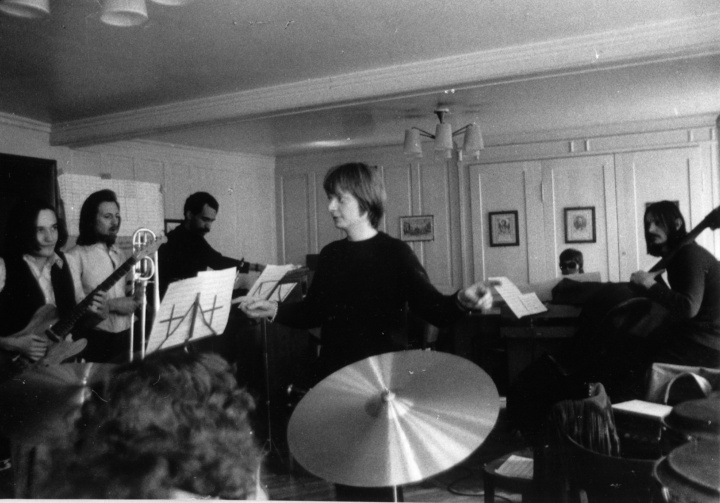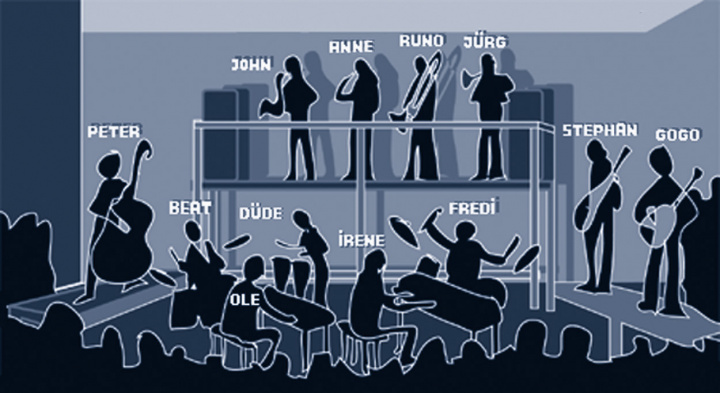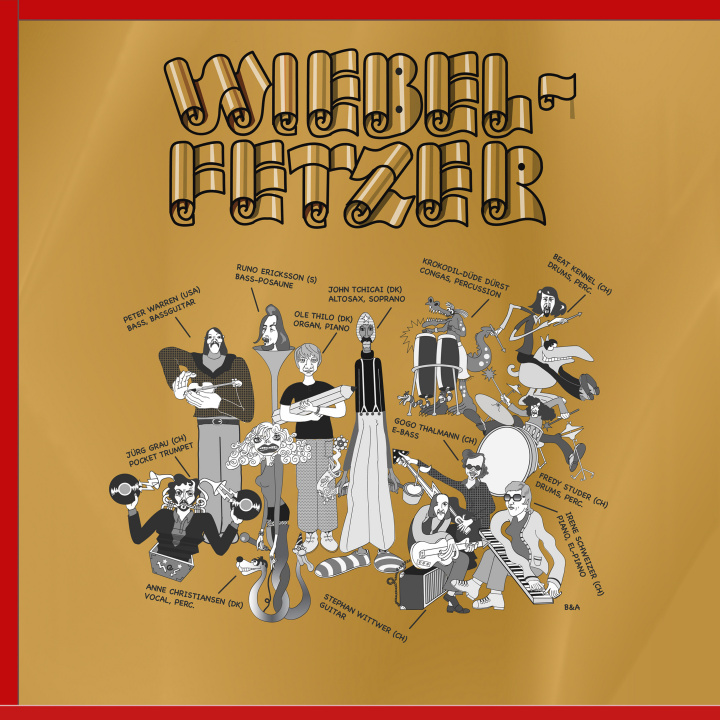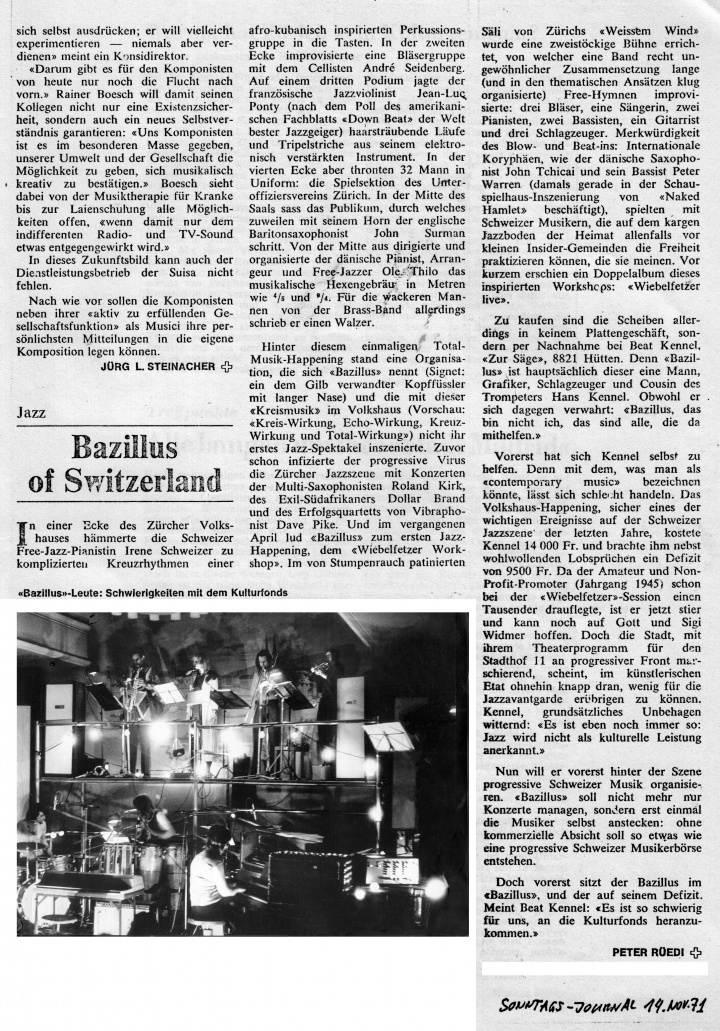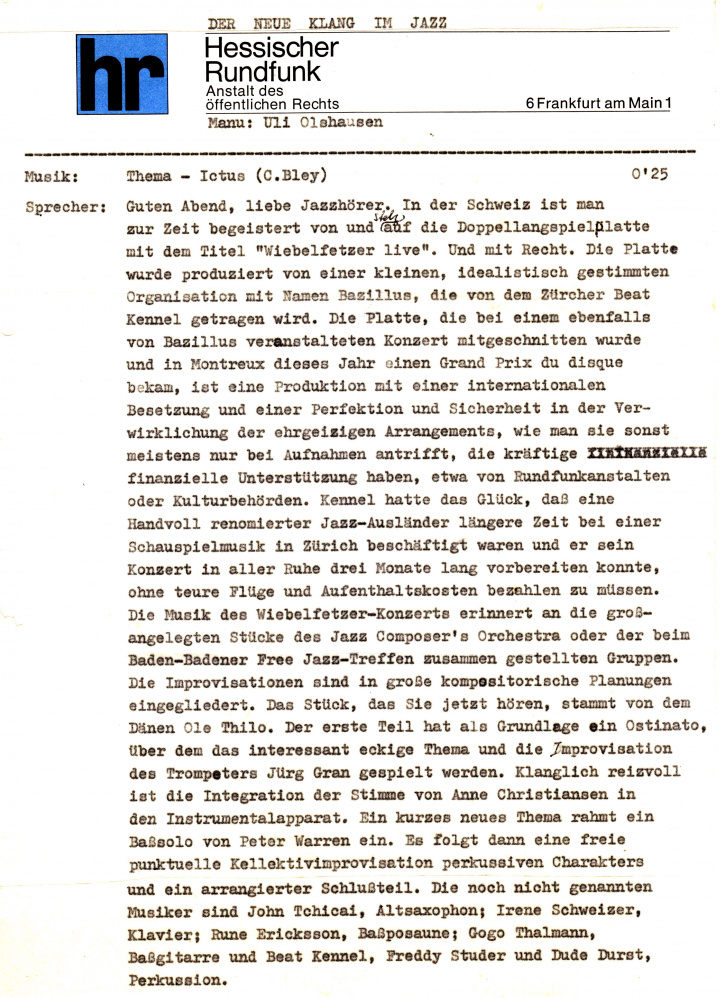Only then I had learned that Tchicai was born in Århus to Congolese-Danish parents. In the sixties was formed successively larger orchestras in the genre of Charlie Haden's Liberty Orchestra. Thicai's big band called Cadentia Nova Danica (on Polydor), however, was stylistically more along the lines of "The New York Contemporary 5".
WIEBELFETZER WORKSHOP's 1971/73/82 organized and devised by Beat Kennel - Ole Thilo - Anne Christiansen
Line-up of orchestras whose sound had inspired and been in our heads since early on:
1960 Black Liberation Music - Max Roach «We insist!“1961 «The Futuristic Sounds of Sun Ra«
1963 «The Black Saint and the Sinner Lady« Charles Mingus
1965 Ascention – John Coltrane
1965 Jazz Composer’s Orchestra Carla Bley & Mike Mantler
1966 Globe Unity Orchestra 1966
1970 Cadentia Nova Danica – John Tchicai
1969 Liberation Music Orchestra LP Charlie Haden Carla Bley
1970 Centipede - Keith Tippett
1971 Wiebelfetzer Workshop - Bazillus – Doppel-LP
1971 Kreismusik- 50 Musiker. 4 Bühnen -Publikum in der Mitte - Music Ole Thilo
1972 Escalator over the Hill - Carla Bley
1966 Globe Unity Orchestra - erste LP 1973 – Live Wuppertal
1975 The Only Chrome Waterfall Orchestra Mike Gibbs


